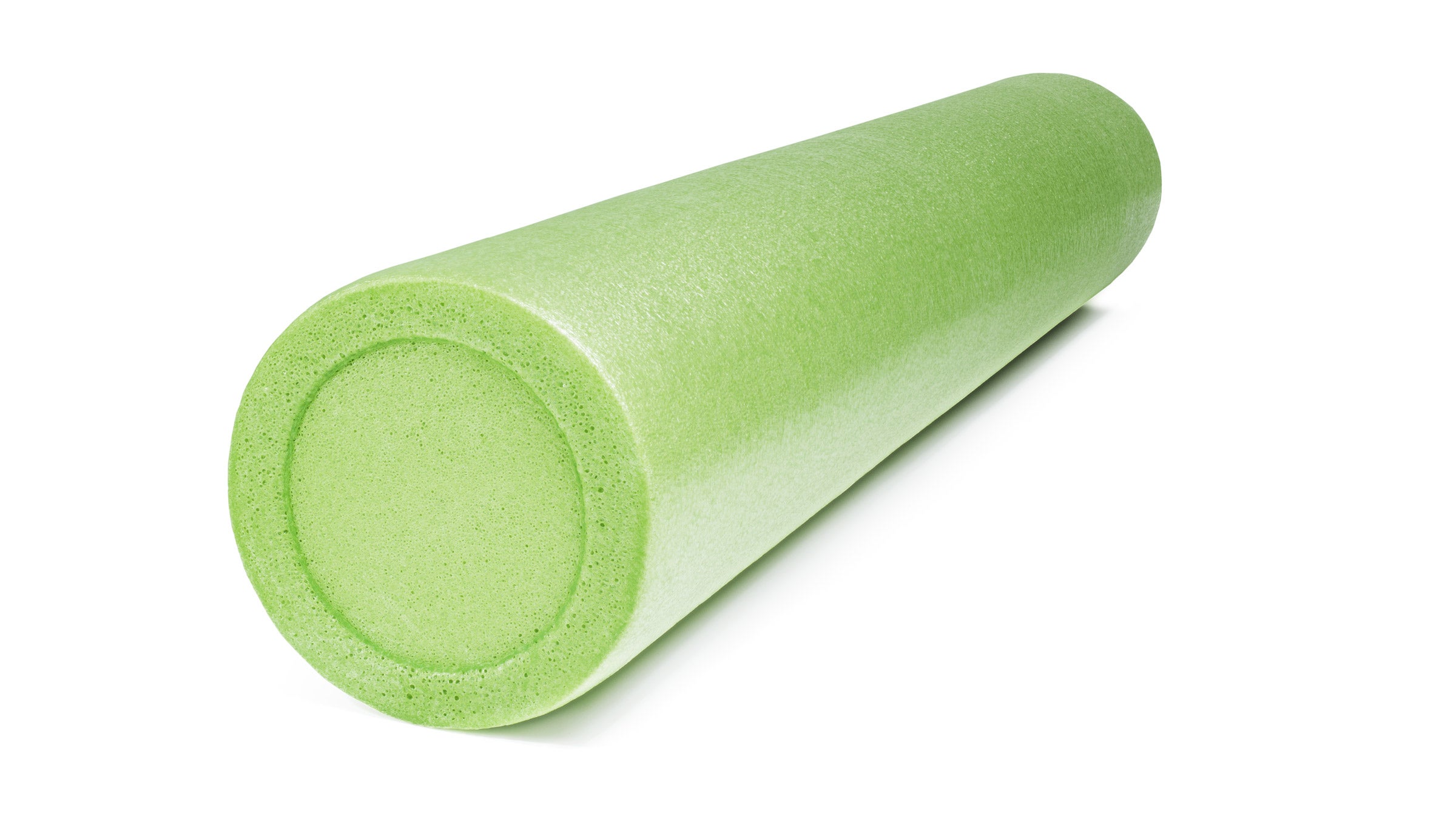Do These 3 Foam Roller Exercises After Every Run

When’s the most common time for athletes to start foam rolling? Typically once they start feeling pain. “Because of the slow onset of symptoms, many ignore the condition until the symptoms become chronic and permanent injury occurs,” said Matt Fontaine, D.C., of Potomac Physical Medicine in Alexandria, Va. Instead of waiting until you have to rehab, get ahead of the game with these three foam roller exercises after every run, which can help erase the miles off your legs by improving flexibility and keeping your muscles happy.
1. Thoracic spine extension

Why it’s important to do this foam roller exercise after every run: Think about your position at a computer—head forward, shoulders rounded, slouched posture. “Because we spend so much of our day in these postures, over time our tissues and joints actually become permanently deformed,” Fontaine said. Frequent swimming and riding in the aerobars can also decrease spine mobility, but you can correct your posture and improve back flexibility by foam rolling this area.
How to roll: Spend two minutes rolling up and down the spine with hands behind your head.
2. Outer hip and iliotibial (IT) band roll

Why it’s important to do this foam roller exercise after every run: The outer muscles of the hip keep your pelvis level when standing, walking, running and even cycling. Because they are always working, they can get tight and short over time, Fontaine said, which can cause weakness, poor stability and alignment, and often lead to patellofemoral pain syndrome (aka “runner’s knee”), or ITB syndrome.
How to roll: Lie on your side and place the roller under your thigh. For stability, cross your other foot over and put it on the floor. Spend a minute rolling the outer hip above the boney bump on the outside of your hip joint and another minute along the IT band. When you find a tight, painful spot, stop there—keep your body aligned over the roller and flex and extend your knee. This helps restore gliding between your IT band and the quadriceps.
3. Quad release

Why it’s important to do this foam roller exercise after every run: Most of us have tight quads and hip flexors to begin with, but after running and cycling for miles, they get even tighter. “Tightness of your hip flexors and quads can cause your gluteal muscles to get weaker, and that results in increased risk of low back pain, not to mention decreased power,” Fontaine said. “Most cases of runner’s knee are due largely in part to short and tight quads.”
How to roll: Lie on your stomach with the roller under your thighs. Roll back and forth from hip to mid-thigh for about a minute. As an alternative exercise, you can use a stretching strap or rope to stretch your quad while you roll. Putting the quad under tension allows the roller to work deeper, getting a better release of the muscle.